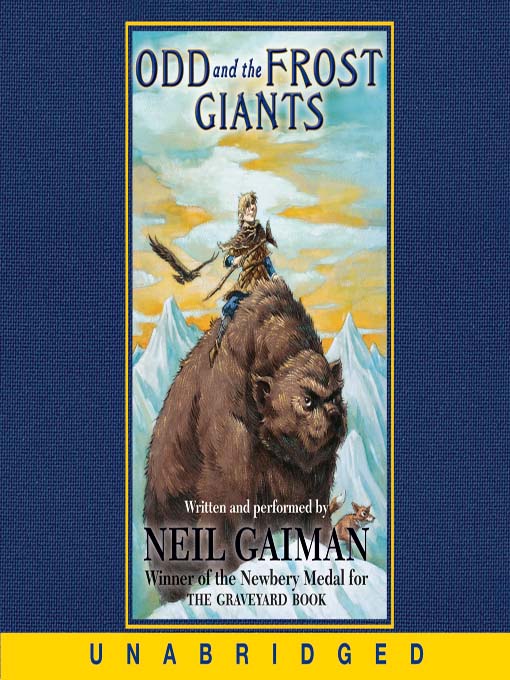

On the one hand, the narrative’s plot can be set in the Scandinavian Medieval period, or in an imaginary world inspired by Norse mythology. In addition to the range of different sources and paths by which they came to us, there are also a variety of ways in which references to Norse myths are featured. Rewriting Nordic sagas has been done in the USA as well, as the work of the Danish-American writer Poul Anderson, who rewrote Saga of Hrolf Kraki (1973). Howard, the father of Conan the Barbarian.

His work was well-known to authors like Robert E. But we are indebted to Henry Wadsworth Longfellow for translating, presenting, and writing both prose and poetry on the subject. Nonetheless, authors like Henry David Thoreau and Ralph Waldo Emerson refer to medieval Norse texts in their writing. How the old Scandinavian tales were received in North America is less well-documented. This rewriting tradition is being carried forward by Neil Gaiman, another English author who revisited Norse legends recently in his Norse Mythology (2017). Tolkien was in turn impressed by Morris’s work and reworked the Völsunga Saga, giving it a new name, The Legend of Sigurd and Gudrún (2009). Over the course of his life, he translated Ancient Greek texts as well as Icelandic sagas, like the Grettis Saga: The Story of Grettir the Strong (1869) and the Völsung Saga: The Story of the Volsungs and Niblungs, with Certain Songs from the Elder Edda (1870), for which he collaborated with an Icelander, Eirikr Magnusson.

In England, William Morris also displays a taste for Norse subject matter. The opera has had a lasting impact on portrayals of Norse gods and peoples, particularly through its costumes, which have contributed to contemporary stereotypes in the popular imagination. Their work also had a major impact on the composer Richard Wagner, whose opera The Ring of the Nibelung (1849-1876) draws on the Icelandic Völsunga Saga (thirteenth century), intertwining it with the medieval Germanic epic poem Song of the Nibelungs (thirteenth century). The Brothers Grimm played an important role in reviving awareness of long-forgotten texts in Germany, and in connecting the Germanic and Scandinavian traditions at a time when national romanticism was strong. Consequently, medieval works, as well as Celtic and Germanic cultures, were particularly popular. Fantasy has powerful ties to the Romantic era, when the Middle Ages came into fashion in reaction to the Enlightenment’s taste for Antiquity. The history of the reception of Scandinavian culture from the Middle Ages to contemporary works comprises several different stages.


 0 kommentar(er)
0 kommentar(er)
